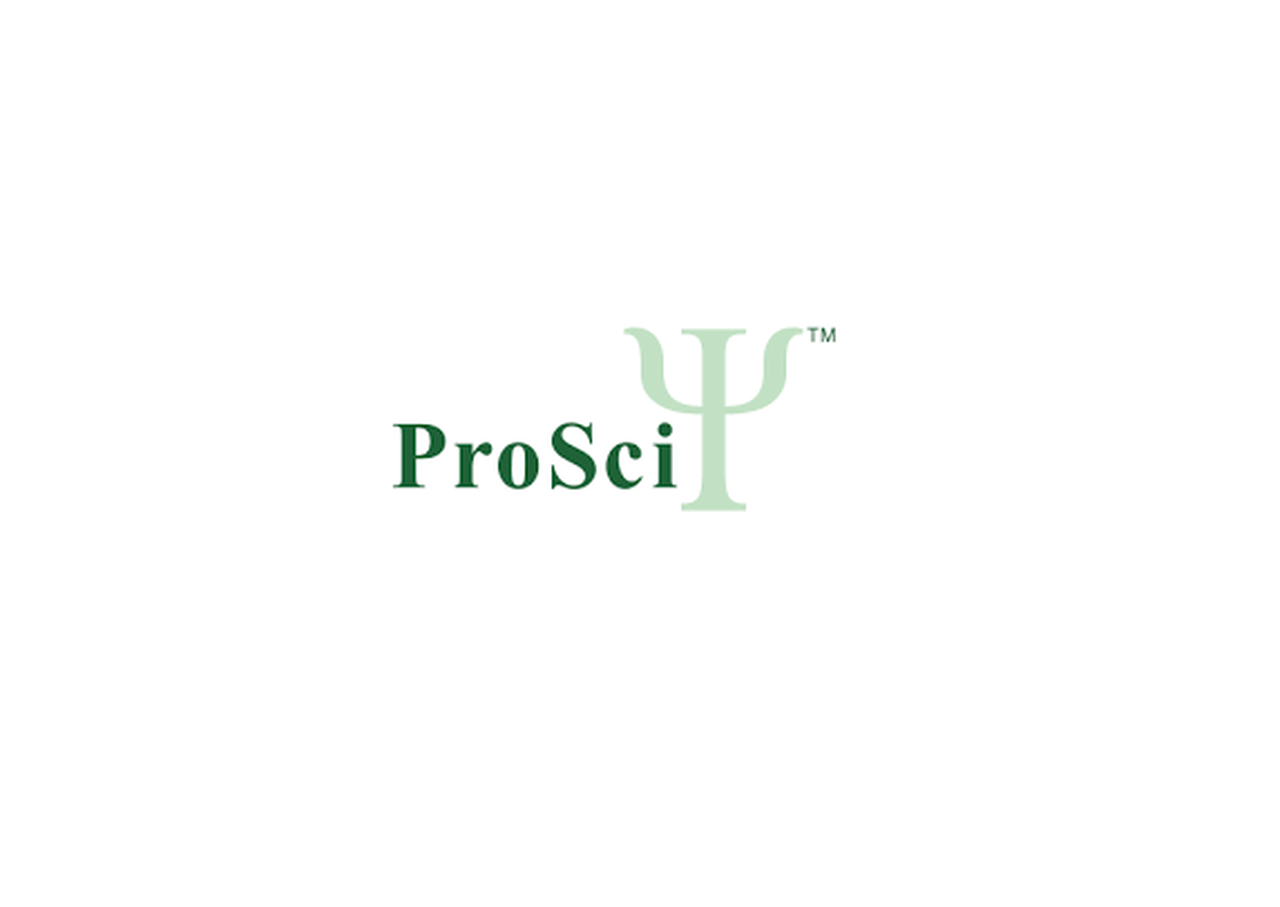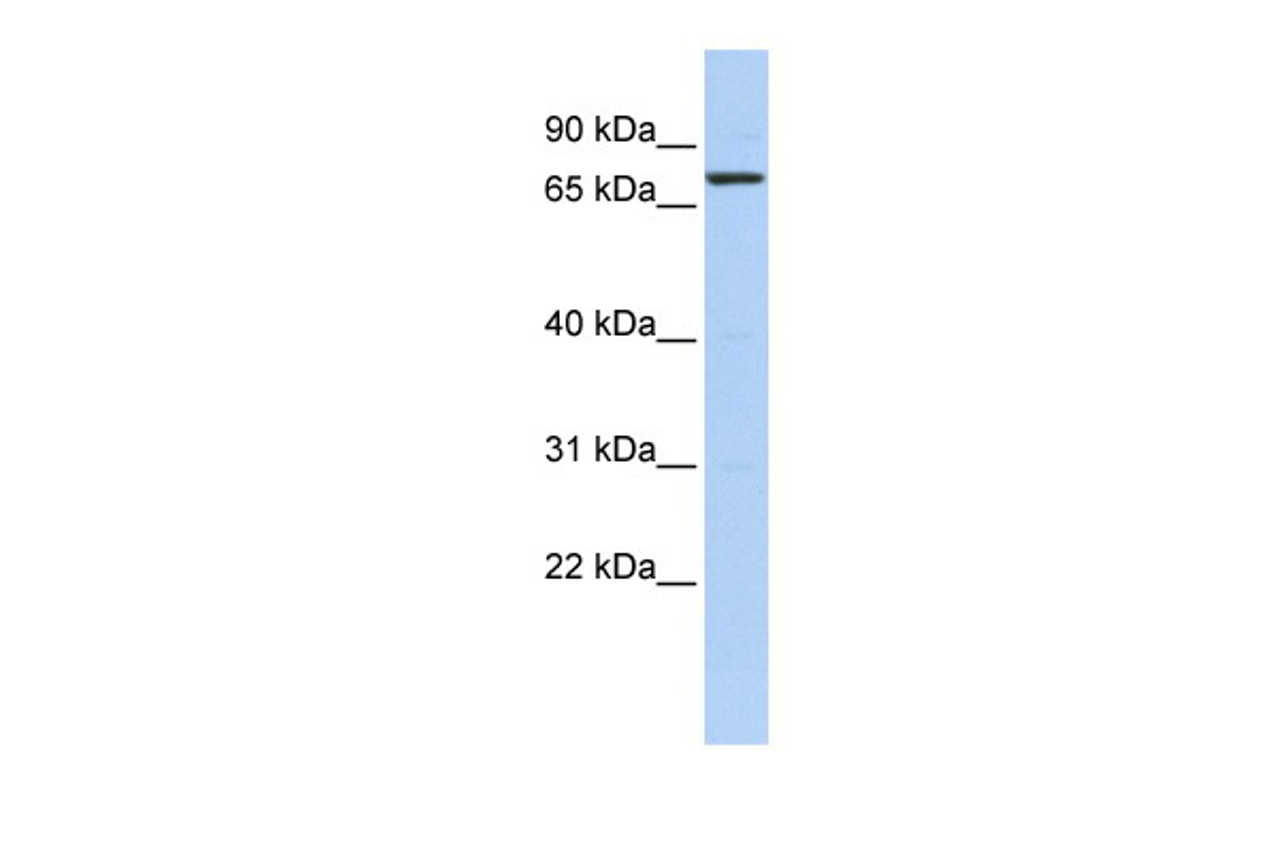Product Description
KLHL5 Antibody | 25-485 | ProSci
Host: Rabbit
Reactivity: Human, Mouse, Rat
Homology: N/A
Immunogen: Antibody produced in rabbits immunized with a synthetic peptide corresponding a region of human KLHL5.
Research Area: Transcription
Tested Application: E, WB
Application: KLHL5 antibody can be used for detection of KLHL5 by ELISA at 1:1562500. KLHL5 antibody can be used for detection of KLHL5 by western blot at 1 μg/mL, and HRP conjugated secondary antibody should be diluted 1:50, 000 - 100, 000.
Specificiy: N/A
Positive Control 1: Cat. No. 1201 - HeLa Cell Lysate
Positive Control 2: N/A
Positive Control 3: N/A
Positive Control 4: N/A
Positive Control 5: N/A
Positive Control 6: N/A
Molecular Weight: 79 kDa
Validation: N/A
Isoform: N/A
Purification: Antibody is purified by peptide affinity chromatography method.
Clonality: Polyclonal
Clone: N/A
Isotype: N/A
Conjugate: Unconjugated
Physical State: Liquid
Buffer: Purified antibody supplied in 1x PBS buffer with 0.09% (w/v) sodium azide and 2% sucrose.
Concentration: batch dependent
Storage Condition: For short periods of storage (days) store at 4˚C. For longer periods of storage, store KLHL5 antibody at -20˚C. As with any antibody avoid repeat freeze-thaw cycles.
Alternate Name: KLHL5,
User Note: Optimal dilutions for each application to be determined by the researcher.
BACKGROUND: The kelch-repeat protein family is a recently found new kind of actin-binding protein. It is characterized by tandemly arranged motifs of about 50 amino acids. Most members of the kelch-repeat family were cytoskeletal proteins implicated in various cellular processes, such as actin cytoskeleton interaction, cytoplasmic sequestration of transcription factors and cell morphology. During the large-scale sequencing analysis of a human fetal brain cDNA library we found a novel kelch-like protein gene 5, KLHL5, KLHL5 has high identity with Drosophila kelch protein and many other family members. A novel splicing variants of KLHL5, named KLHL5b and the expression pattern of KLHL5b in many tissues.
 Euro
Euro
 USD
USD
 British Pound
British Pound
 NULL
NULL










